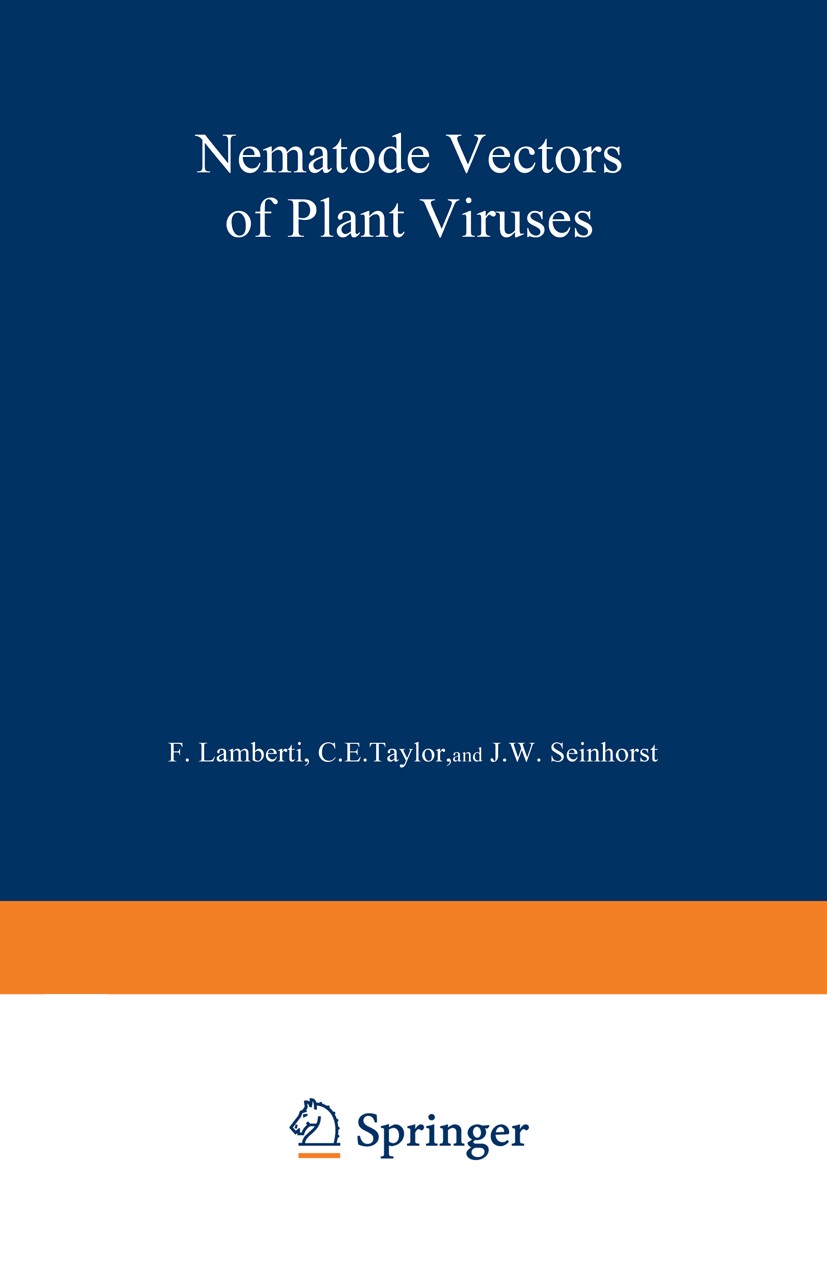| 書目名稱 | Nematode Vectors of Plant Viruses |
| 編輯 | F. Lamberti,C. E. Taylor,J. W. Seinhorst |
| 視頻video | http://file.papertrans.cn/663/662498/662498.mp4 |
| 叢書名稱 | NATO Science Series A: |
| 圖書封面 |  |
| 描述 | Although nematodes had long been suspected as vectors of soil- borne plant diseases, unequivocal proof of their implication was not forthcoming until 1958 when Professor William Hewitt and his colleagues in California demonstrated experimentally that Xiphinema ~ was the vector of grapevine fanleaf virus. This opened up a new and exciting field in plant pathology and discoveries quickly followed of other nematode species associated with soil-borne diseases of many different crops and in several countries. After the initial enthusiasm of discovering new vectors and new viruses there followed a period of consolidation in which research workers sought answers to tantalising questions about the location of the virus within the nematode, the factors governing the close speci- ficity between virus and vector; and more mundane but equally important and compelling questions about life cycles, geographical distribution, host relations, morphology and taxonomy. No other group of nematodes has attracted such a concentrated effort involv- ing many different scientific specialisations and yielding so much progress in a relatively short time. The NATO Advanced Study Institute held at Riva dei Tes |
| 出版日期 | Book 1975 |
| 關(guān)鍵詞 | Embryo; biology; plant; plants; soil; taxonomy; tobacco; tree |
| 版次 | 1 |
| doi | https://doi.org/10.1007/978-1-4684-0841-6 |
| isbn_softcover | 978-1-4684-0843-0 |
| isbn_ebook | 978-1-4684-0841-6 |
| copyright | Springer Science+Business Media New York 1975 |
 |Archiver|手機版|小黑屋|
派博傳思國際
( 京公網(wǎng)安備110108008328)
GMT+8, 2025-10-11 01:30
|Archiver|手機版|小黑屋|
派博傳思國際
( 京公網(wǎng)安備110108008328)
GMT+8, 2025-10-11 01:30


